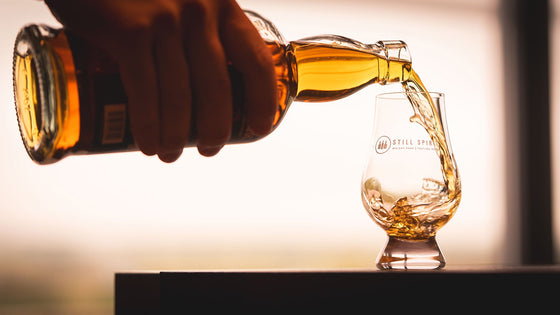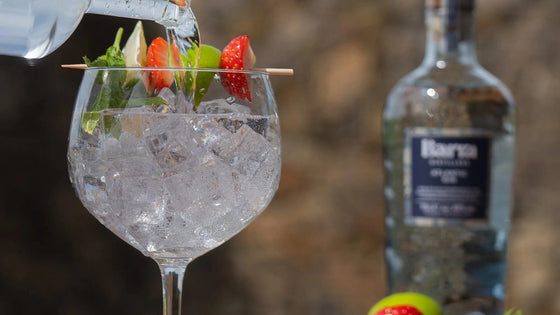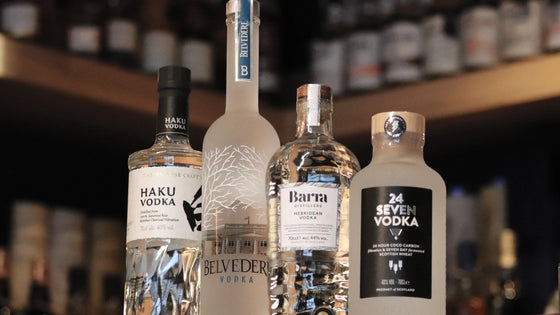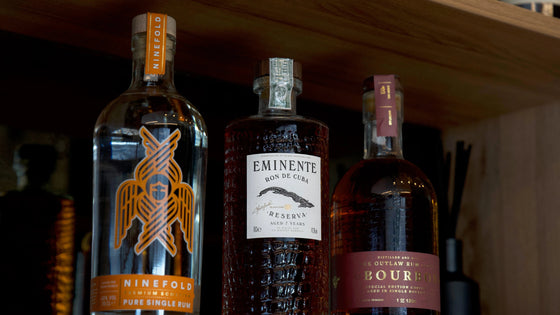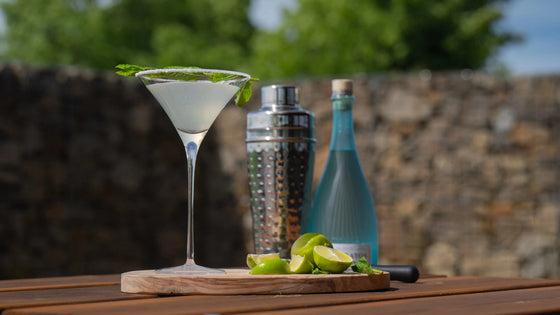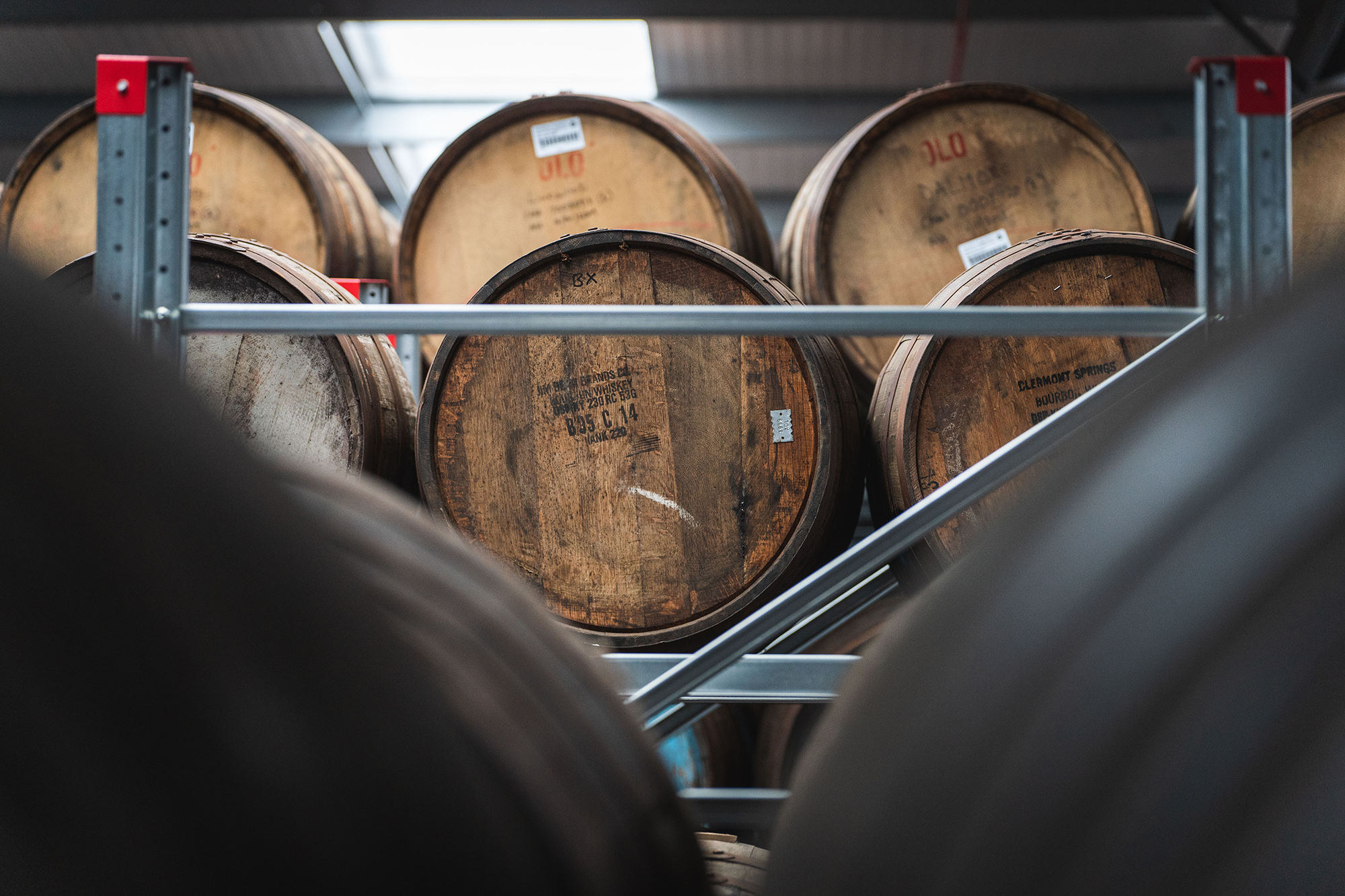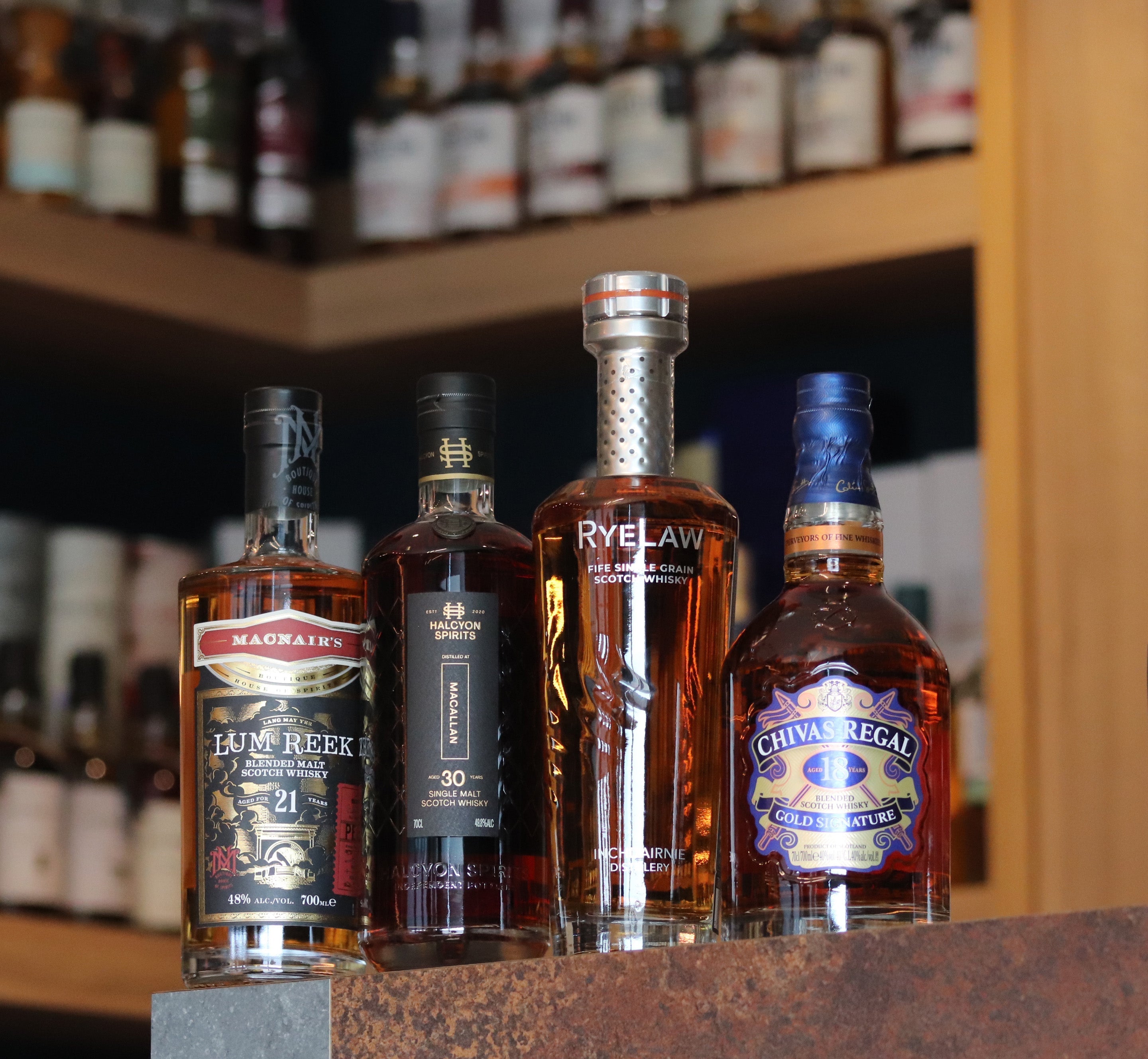How does Scotch whisky get its flavour and colour?
The world of whisky encompasses a varied range of flavour profiles from fruit, spice, vanilla, caramel and smoke; and a range of identifiable colours – from light straw and sparkling gold, all the way to burnished copper and polished mahogany.
But how does whisky get those distinctive flavours and colours?
There are a few factors that determine both the flavour and colour of whisky - the malting method, the fermentation process and distillation techniques, but most significantly, how the whisky is matured.
Let’s look a bit deeper…
Malting
During whisky production, the malting stage involves soaking, germinating, and drying barley to begin to transform the starches in the barley into fermentable sugars ready for the mashing stage.
Using peat bricks as fuel in the kiln during the drying stage imparts a distinct ‘peaty’ character to the whisky, infusing it with a signature smoky flavour and aroma.
The malting process, however, does not have an effect on colour.
Fermentation
The fermentation process is significant in determining the flavour profile of whisky.
During fermentation, yeast converts sugars into alcohol and carbon dioxide, but the process also produces esters and congeners – otherwise known as flavour compounds. Different flavour compounds can be brought about by differing temperature, yeast strain and duration, either producing floral and fruity notes or nutty or spicy tones.
The fermentation stage does not affect the colour of whisky.
Distillation
The distillation process also influences whisky's flavour.
During distillation, heat vaporises the most volatile components, which carry intense flavours and aromas. These vapours rise up through the still, where they interact with the copper, removing sulphur compounds and enhancing smoothness.
The skilful selection of cut points—where the distiller separates desirable 'heart' from less favourable 'heads' and 'tails' is crucial. This process impacts the richness and complexity of the whisky, as different compounds boil off at various temperatures, each adding unique notes to the final whisky.
The distillation stage does not affect the colour of whisky. At this stage of production, the spirit is clear.
Maturation
Maturation is crucial in developing both whisky's flavour and colour, as it occurs over years in wooden barrels that impart distinct characteristics.
Oak Type
The type of oak used in the aging process of whisky is a significant factor in its colour and flavour.
Two main types of oak are used in Scotch whisky making, American white oak (Quercus alba) and European oak (Quercus robur). They each have different characteristics that influence the final colour and flavour of the whisky.
American White Oak
American white oak, grown in North America is rich in vanillin. The vanillin interacts with the spirit over time, imparting vanilla and caramel notes and lending a light golden colour with warm undertones.
European Oak
European oak, grown in western Europe, contains high levels of tannins. The tannins react with the whisky imparting notes of spice, nuts and dried fruit and forming deep, reddish-amber hues.
Cask History
The vast majority of oak casks used in whisky production have been used before or ‘seasoned’ with another spirit first.
Ex-bourbon casks are the most common, usually producing light amber tones, then ex-sherry casks (or butts) which produce a rich auburn colour. Sometimes red wine and port casks are used which produce whisky with a subtle pinkness or a copper undertone.
Fill number
Casks are used multiple times in their life cycle, and subsequent fills will change in both intensity and colour.
First fill is a cask that has previously been used with another spirit and tends to impart lots of flavour and colour. Refill casks have already been used for the initial bourbon or sherry ‘seasoning’. They have experienced one fill of whisky and impart slightly less flavour and colour.
Char level
Ex-bourbon casks used to mature whisky are charred which means that they are burnt on the inside, producing a layer of charcoal. The heat from charring breaks down lignin, a structural component in the oak, into vanillin and guaiacol, significantly altering the intensity of the flavour and colour entering the new make spirit.
The char level refers to the specific amount of time that the barrel has been exposed to the flame.
There are 4 levels:
- Char Level 1: 15 seconds
- Char Level 2: 30 seconds
- Char Level 3: 35 seconds
- Char Level 4: 55 seconds
Char level 4 casks impart much more flavour and colour to the spirit than a char level 1 cask, for instance.
Time
Time is whisky’s greatest friend, having the greatest influence on flavour and colour intensity.
New make spirit only needs to be in the cask for a matter of weeks, sometimes days, to pick up colour from its cask. However, usually whisky that has been sitting in a cask for 3 years will not be as intense in colour compared to a whisky which has been maturing for 12 years or more.
A word about artificial colouring
In the UK, regulations allow for the addition of a plain caramel colour known as E150a. Some whisky producers add this colouring before the bottling process to keep the colour of their whisky consistent between batches, although E150a has no effect on flavour.
Other factors
Other factors can have an effect on flavour and colour, such as bottling strength, climate and warehouse environment, but on a much lesser scale.
Does terroir play a part?
This is a grey area. It is unclear whether terroir plays a part in the flavour of whisky, like it does in winemaking, for instance. However, some distilleries are putting the theory to the test and researching the possible flavour variances between barley grown in geographically different areas and soil qualities.
Final Thoughts
So, we’ve established that flavour and colour in whisky is influenced by many different factors. However, understanding all of those influences will only serve to broaden your knowledge of the world of whisky and ultimately help to enhance your appreciation of it.
Maybe the next time you enjoy a dram of your favourite whisky, hold it up to the light first and stop to admire its colour, and when you take that initial sip, you’ll understand now about the processes that went into developing its flavour.
If you’re interested in finding out more about how whisky is made, click here.
Slàinte mhath!

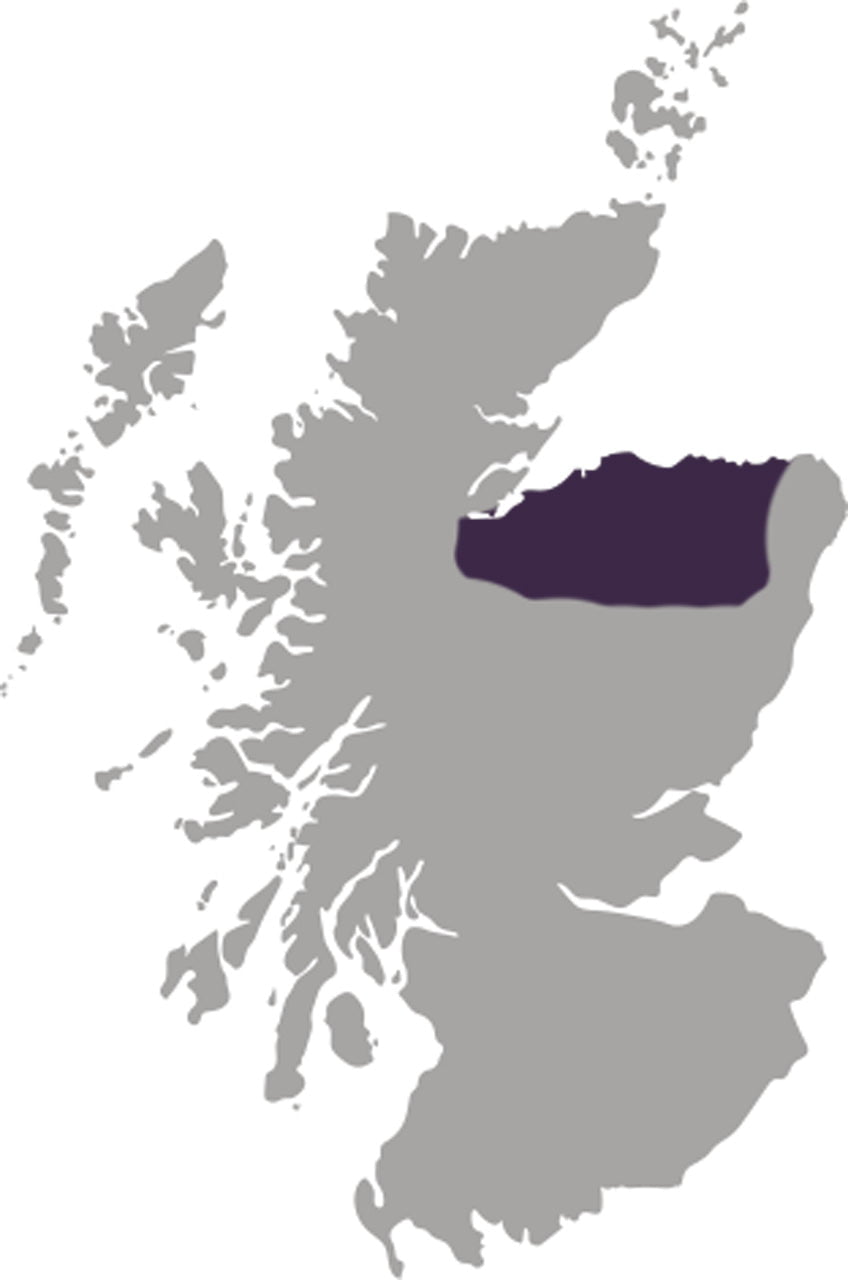
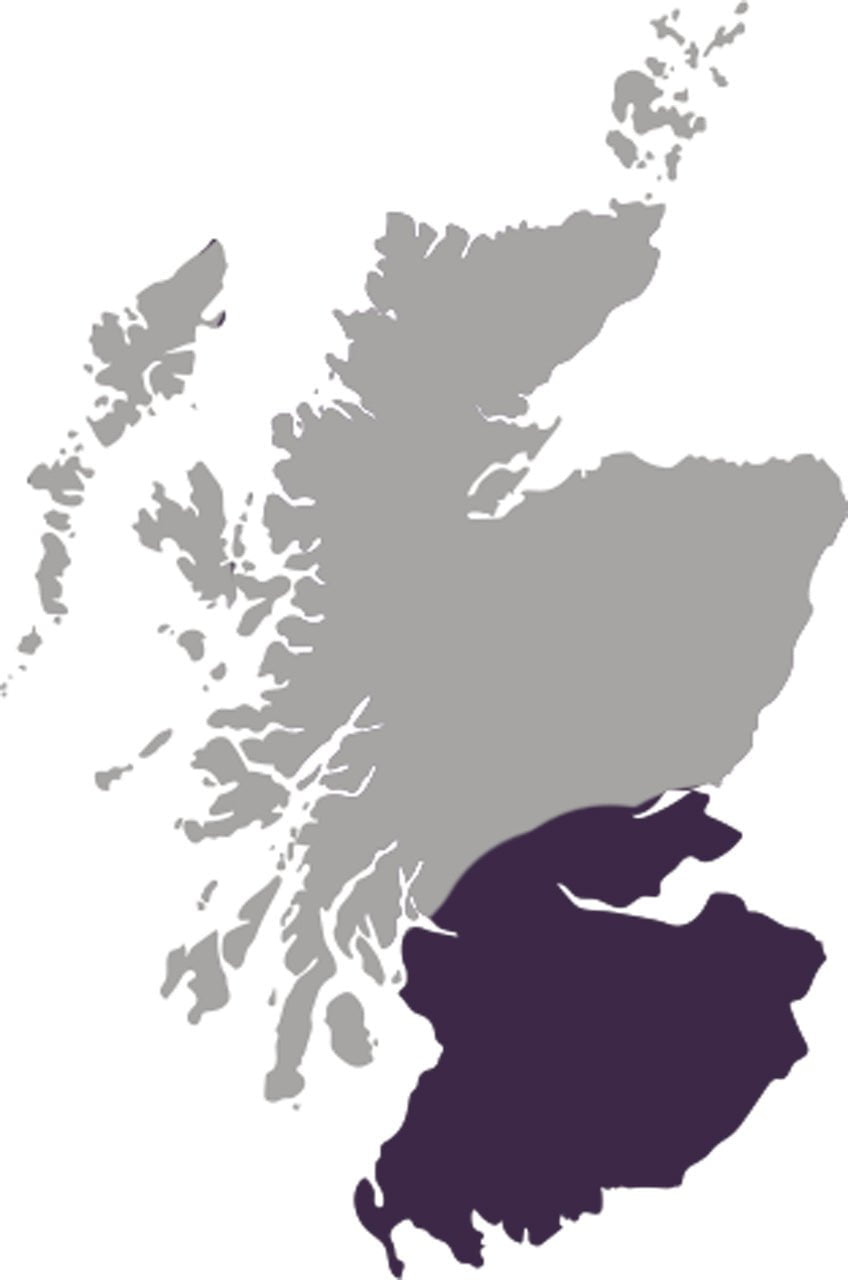

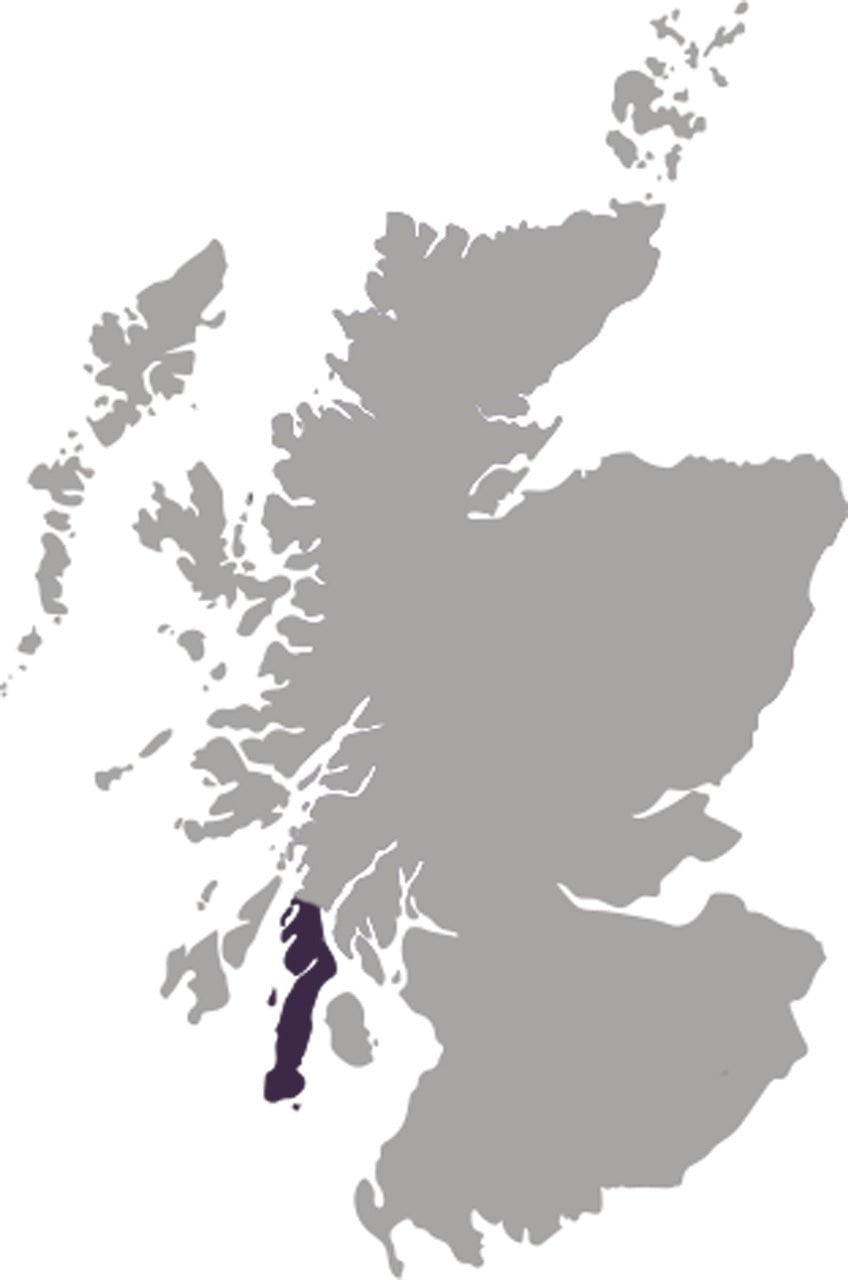
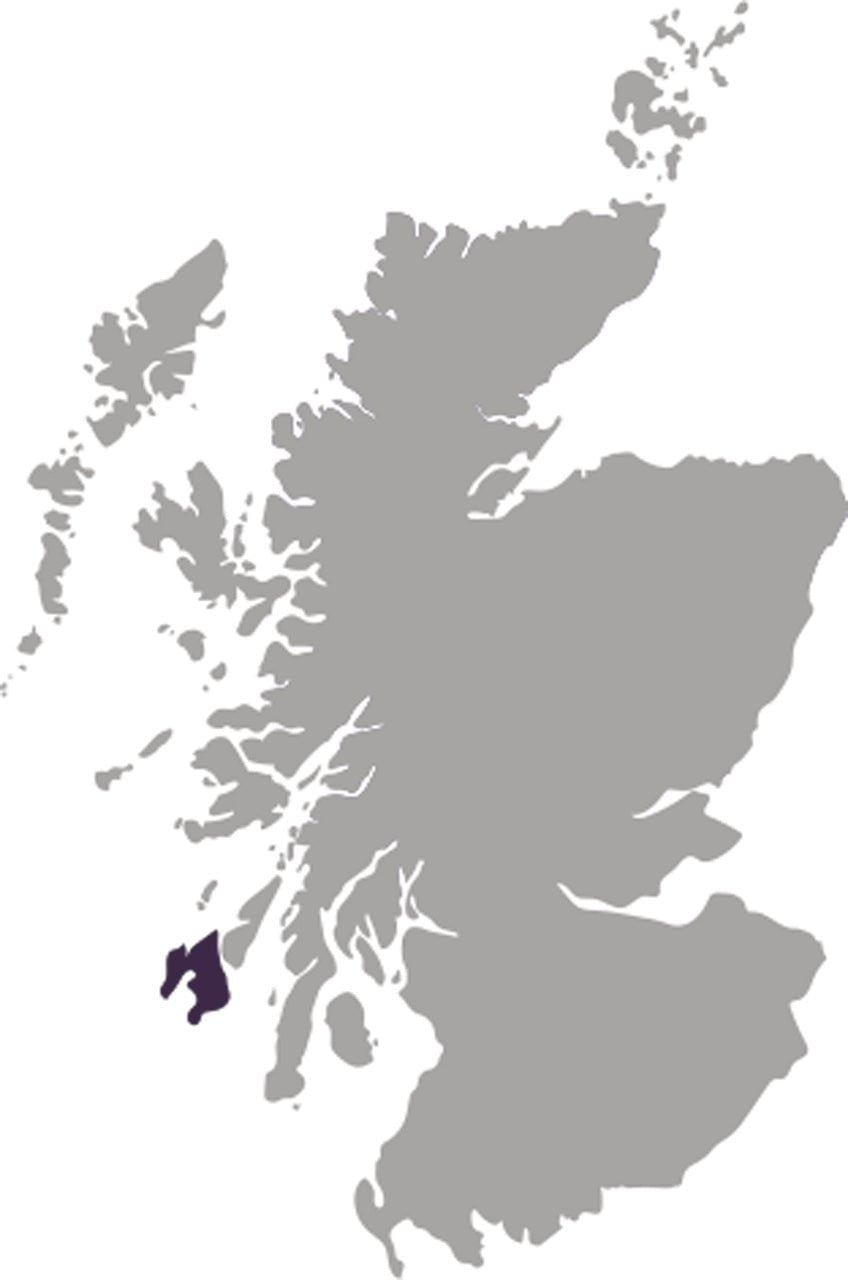
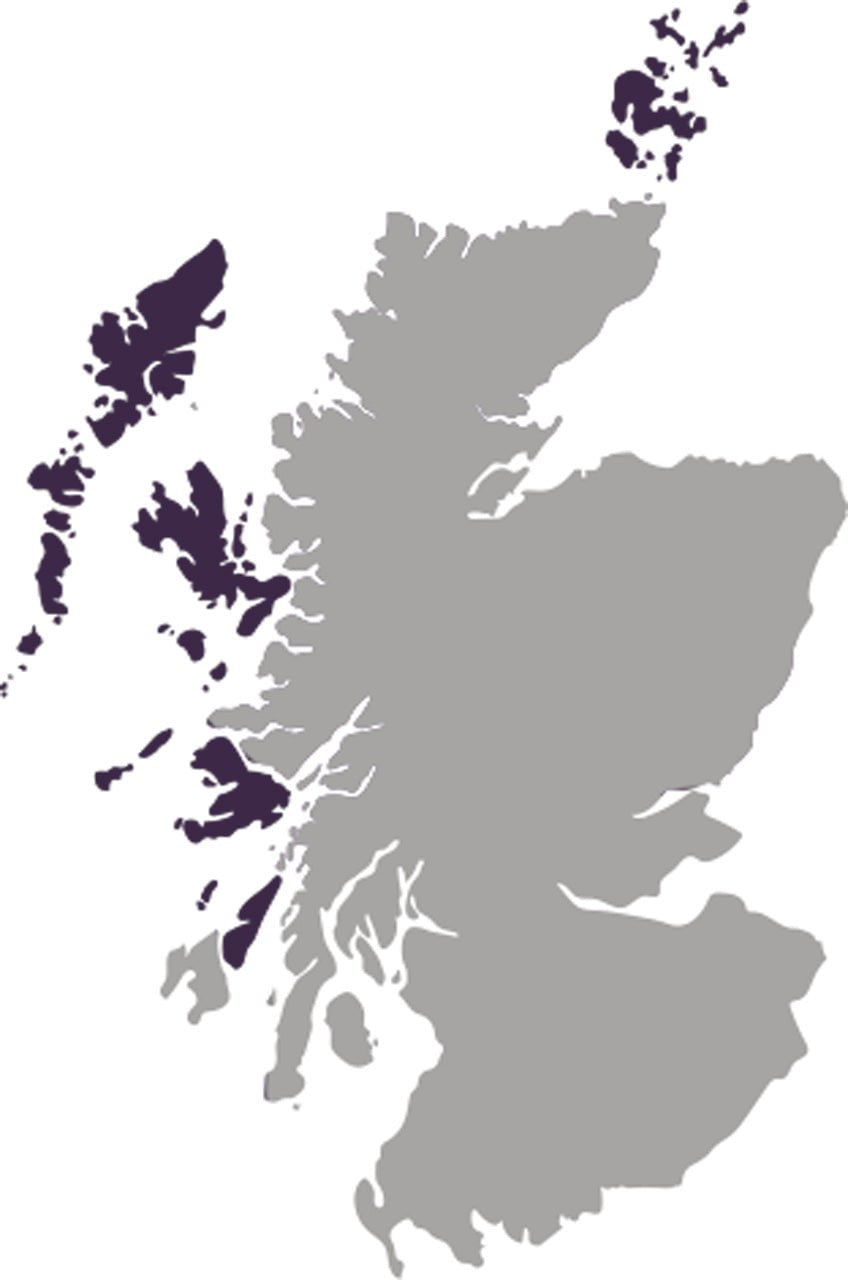


 The Best 18 Year Old Whiski...
The Best 18 Year Old Whiski...
 Whisky Storage Secrets You ...
Whisky Storage Secrets You ...
 You're Saying These Whisky ...
You're Saying These Whisky ...
